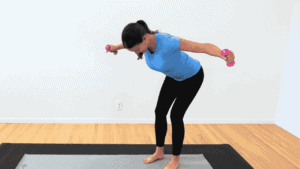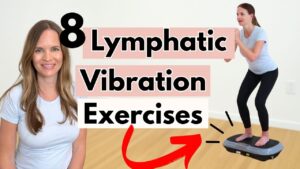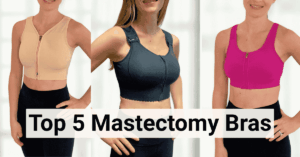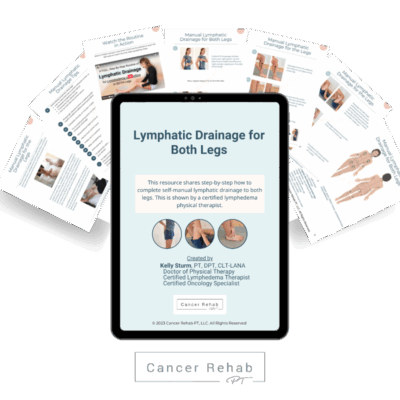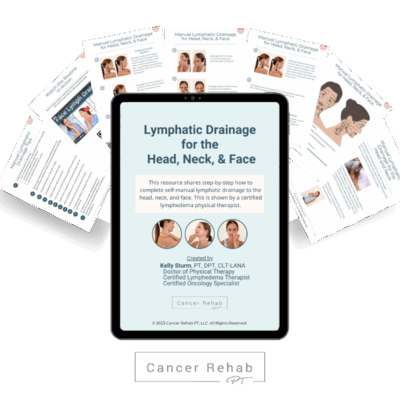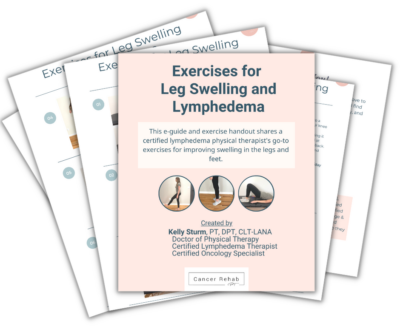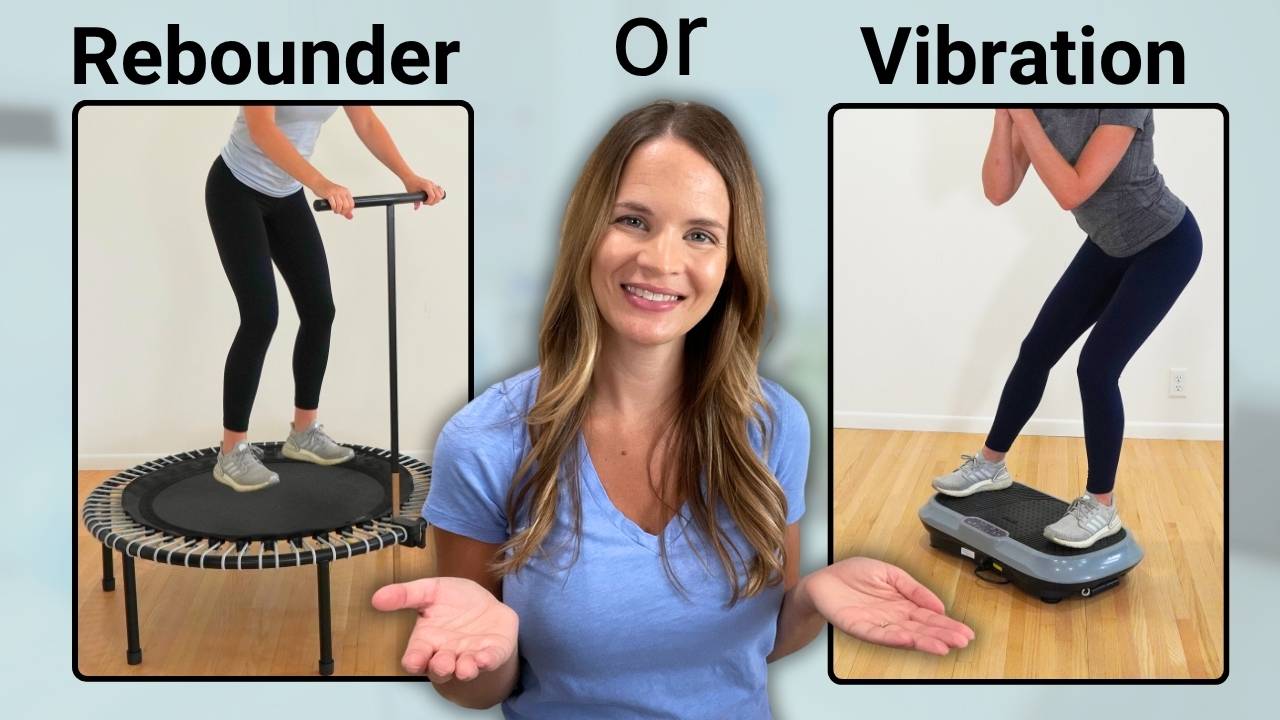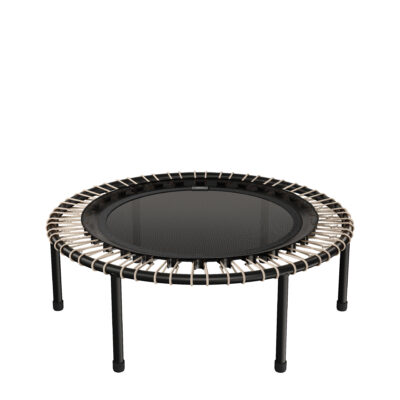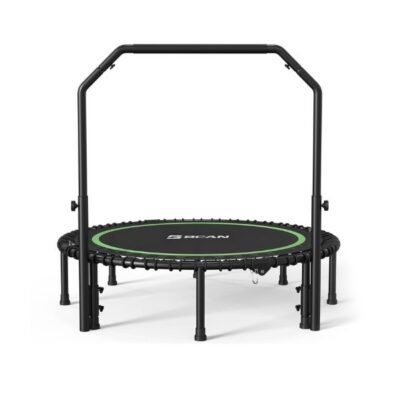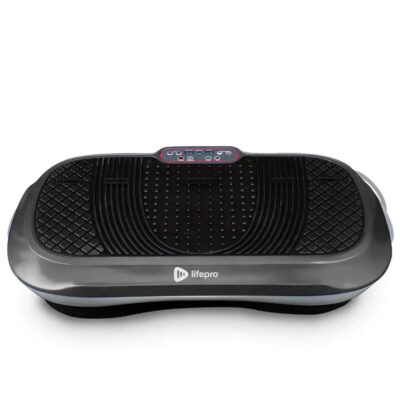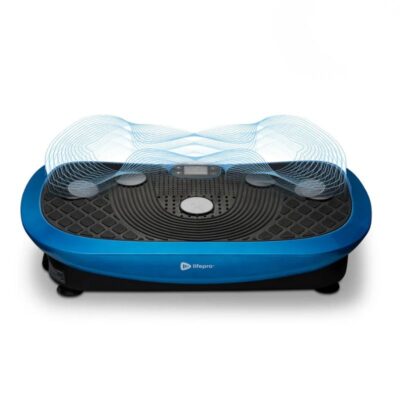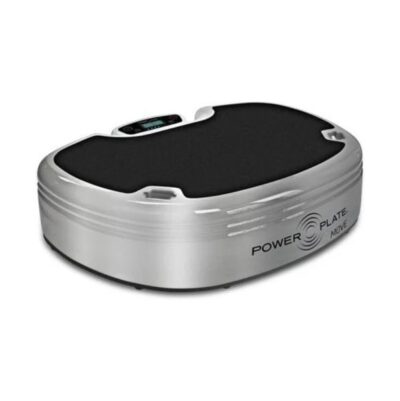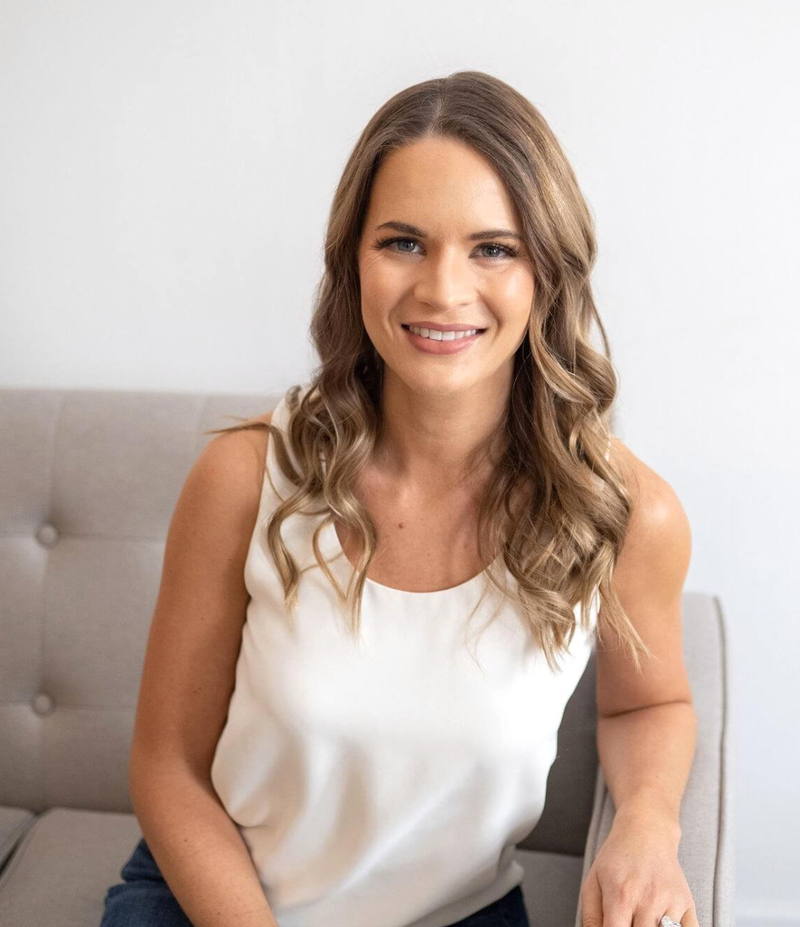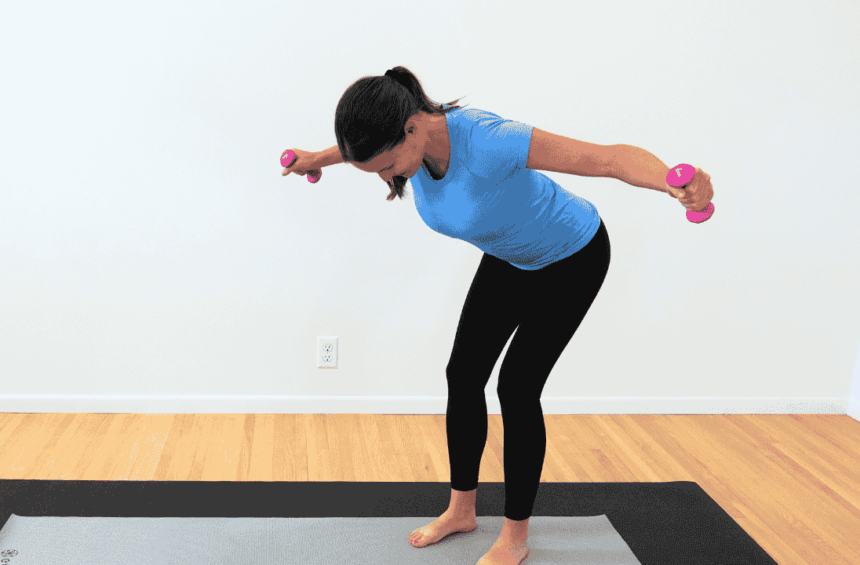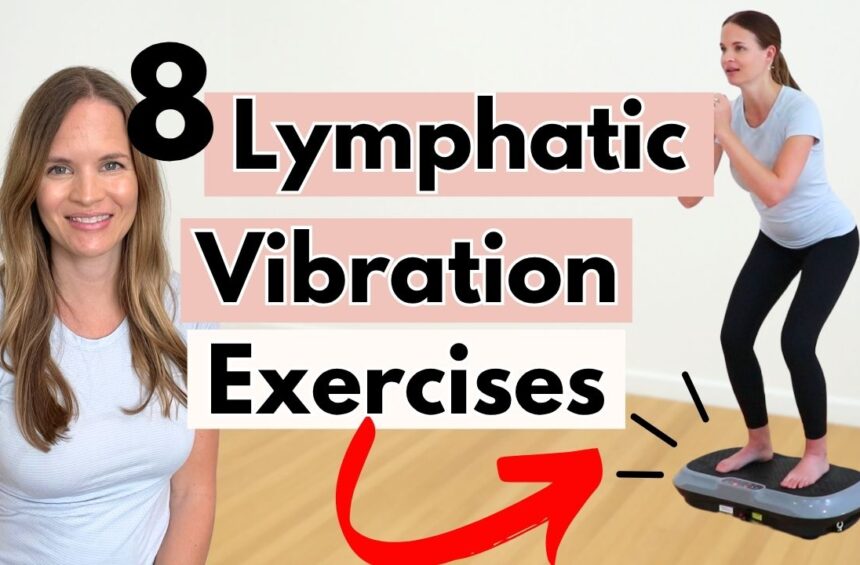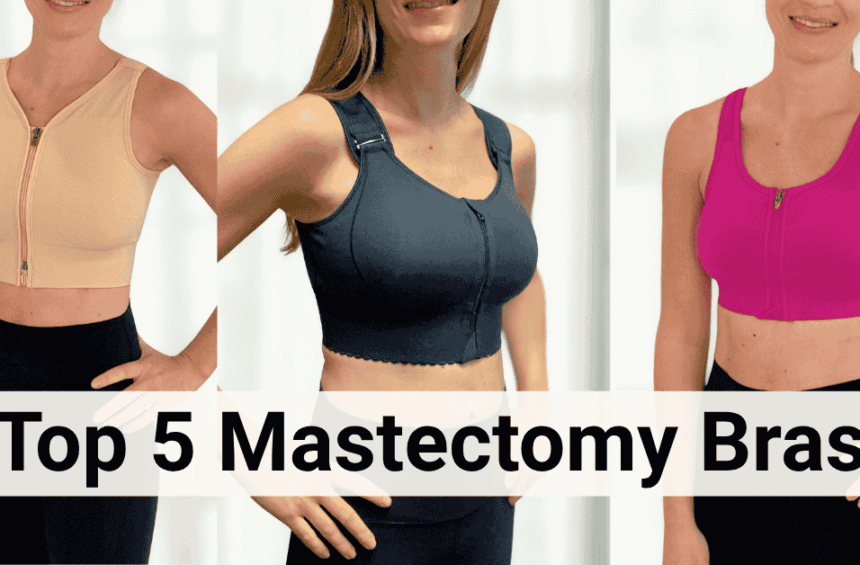I get asked this question frequently in my clinic: “What’s better for lymphatic drainage – a vibration plate or a rebounder?” It’s an excellent question, especially for those dealing with lymphedema or looking to support their lymphatic system naturally.
As a Doctor of Physical Therapy and Board-Certified Oncology Specialist with lymphedema certification (CLT-LANA), I’ve worked with hundreds of patients managing lymphedema, lipedema, and lymphatic dysfunction. Through my clinical experience and research, I’ve seen both tools provide significant benefits when used appropriately.
The truth is, both vibration plates and rebounders can be beneficial for lymphatic flow. The best choice really depends on your individual needs, physical abilities, and what you’ll consistently use. Let me break down the benefits of each so you can make the best decision for your goals.
The Science Behind Movement and Lymphatic Flow
Your lymphatic system works differently than your heart and blood vessels. It doesn’t have its own pump. Research shows that lymphatic vessels need muscle contractions and breathing movements to keep lymph fluid moving. Studies have found that when muscles contract rhythmically, lymphatic flow can increase by up to 3-6 times compared to when you’re just sitting still.
This is why both vibration plates and rebounders work so well. The key is figuring out which one fits your body and lifestyle best.
Rebounders: Active Lymphatic Support That Actually Works
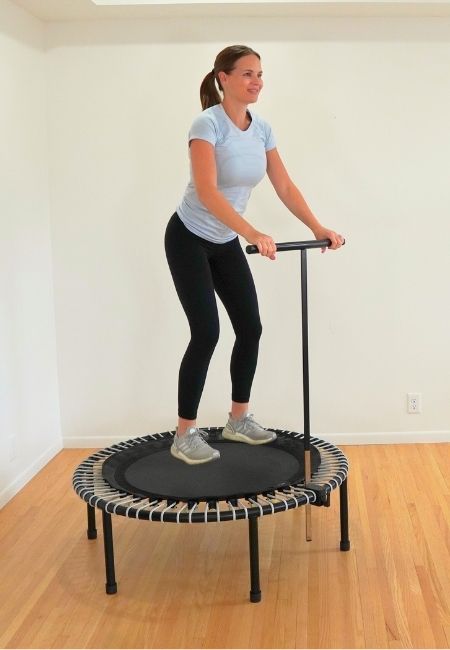
How They Work
Rebounders use gravity and bouncing forces to get your lymph moving. Research in medical journals has shown that bouncing exercise can really improve lymphatic flow through muscle contractions throughout your body.
In my practice, I’ve seen patients who use mini trampolines regularly show better lymphatic flow and tell me they feel less heavy and swollen. The gentle bouncing gets your muscle pump working everywhere, which is especially helpful if you have a congested lymphatic system or excess fluid buildup.
What Jumping on a Rebounder Does:
- Better muscle pump action: Every bounce gets your calf muscles working and activates muscles throughout your body, which is important for moving lymph fluid up from your legs.
- Heart health: You get good cardio exercise while helping your lymphatic system and healthy blood flow helps everything work better for your overall health.
- You control how hard you work: You can go from gentle bounces (perfect for lymphedema and lipedema) to more energetic bouncing based on your energy level.
- People actually stick with it: My patients who do better with rebounders say that bouncing is kind of fun and easier to incorporate into their exercise routine.
- Stronger bones: The gentle impact helps maintain balance and keeps bones healthy, which matters a lot if you have lower bone mineral density. Using a good rebounder is easier on the joints than one may think!
Things to Think About:
- You need some energy: Since you’re actually bouncing, it can be fatiguing – especially if you’re new to exercise.
- Balance matters: I always check how steady patients are on their feet before suggesting a rebounder. I also suggest getting a rebounder that has a handle bar to hold onto for balance.
- Not for everyone: A rebounder takes coordination and endurance, so it may not be a form of fitness everyone feels comfortable with.
My Top Rebounder Picks:
After years of testing equipment myself and from feedback with my patients, here’s what works best:
- Bellicon: The bungee cords make this one super smooth and easier on your joints. It’s pricey because it’s the Rolls Royce option out there, but if someone is serious about rebounding then this truly is the highest quality option out there.
- BCAN Bungee Rebounder: Great middle option that holds up well with daily use. I’ve seen these last for years in patients’ homes.
- BCAN Spring Rebounder: I personally prefer bungee rebounders, but spring rebounders are lower in cost. So if someone is brand new and doesn’t want to spend much, but give it a try, this is a very low cost option at a good quality for a spring.
In this video, I demonstrate proper bouncing techniques for lymphatic support, including gentle health bounces that are appropriate for beginners and those managing lymphedema.
Vibration Plates: When You Need Something Easier
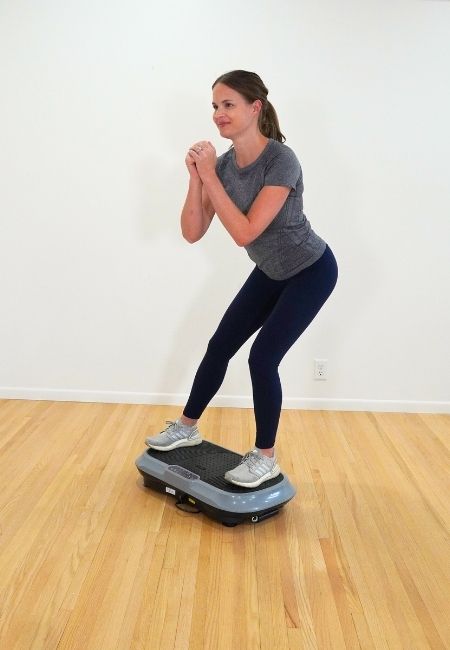
The Science Made Simple
Vibration plates create fast shaking that makes your muscles contract quickly without you having to think about it. Studies show this can help activate muscles and increase blood flow, especially if you have trouble moving around normally.
From my experience, vibration therapy is perfect for individuals who can’t do more active exercise. I use whole body vibration training all the time with patients during workouts and people dealing with lymphatic system congestion.
If someone doesn’t enjoy exercise, I lean more towards the vibration plate because there are options for beginners and older adults that are less intensive.
Why Whole Body Vibration Works Great:
- Zero effort needed: Your muscles get working without you having to coordinate anything – the vibration does the work. That being said, combining body vibration with traditional workouts is going to be the most effective way to enhance strength and bone health.
- People actually use them: Way easier to stick with when you’re not feeling great. Easy to use while standing, sitting, or even just putting your feet on it while watching TV.
- May help with balance: The vibration can actually improve how steady you feel by improving proprioception and body awareness. Start by standing (while hanging on to a sturdy surface) and then add exercises like simple calf raises for a challenge.
Things to Keep in Mind:
- Not much cardio: It won’t get your heart rate up or support your circulatory system like bouncing on a rebounder will.
- Easy to get lazy: Some people rely too much on “easy” options and stop exercising. There are benefits of vibration plates, but a LOT more benefits of traditional exercise.
- Needs electricity: Has to be plugged in, so you may be limited on where you can use it.
- Everyone’s different: Not every person responds the same way to whole body vibration and there are medical conditions that are not safe to use a vibration plate with.
What Vibration Machine I Recommend:
After testing and receiving feedback from patients:
- LifePro Waver: Solid quality with different settings that work for different people’s needs
- LifePro Rumblex: The advanced 4D movement gives you more complete stimulation – really good if you have a lot of swelling or looking to boost your lymphatic system.
- Power Plate: A high-cost, Rolls Royce of whole body vibration training, often found in fitness centers and medical clinics.
This video shows you a whole body vibration exercise routine using a vibration plate effectively the one can easily incorporate into their day.
How I Help Patients Choose the Right One
After working with thousands of patients with lymphatic health problems, I’ve learned that the best choice is different for everyone. Instead of giving everyone the same advice, I look at each person’s specific situation, goals, and lifestyle.
Here’s How I Decide:
I usually suggest a rebounder if you:
- Can maintain balance well and move around without help
- Like being active and want to feel like you’re “working out”
- Want heart-healthy exercise along with lymphatic help
- Think bouncing sounds fun rather than scary
I usually suggest a vibration plate if you:
- Get tired really easily or are not into aerobic exercise
- Have trouble with balance or worry about falling
- Prefer things that don’t require much effort
- Need something you can use even when seated
How to Start and Stay Safe
Based on what I’ve seen work with my patients, here’s the best way to get started:
First 1-2 weeks:
- Start with just 5-10 minutes each day or either a mini trampoline or vibration machine
- Watch for any new swelling or problems
- Keep track of how you’re feeling (I have my lymphedema patients measure their limbs or look for signs of fullness)
Weeks 3-6:
- Slowly work up to 15-20 minutes
- See how your body is handling it
- Adjust based on your energy and comfort
After 6 weeks:
- Aim for 20-30 minutes, 3-5 times per week
- If you have lymphedema or lipedema, use this along with your other treatments
- Progress into more advanced exercises or workouts
Other Things That Help Even More
Research shows these work great together with rebounders or vibration plates:
- Manual lymphatic drainage (at home or with your lymphedema therapist)
- Compression garments if you need them (bonus if you wear them DURING rebounding or vibration use)
- Deep breathing exercises (can increase lymph flow alone!)
- Drinking enough water (more if you sweat during exercise)
When to Check with Your Doctor First
Always talk to your healthcare provider before starting, especially if you have:
- Active cancer or are getting treatment right now
- Diagnosed lymphedema or ongoing swelling
- Heart problems or bone/joint issues
- Balance problems or have fallen before
As a certified lymphedema therapist, I really recommend working with professionals who know this stuff. We can properly check what you need, teach you the right way to do things, and keep an eye on how you’re doing.
The Bottom Line
Both vibration plates and rebounders can help lymphatic function, just in different ways. Your choice should be based on what your body can handle, what your doctor says is okay, and honestly – what you’ll actually use.
In my years of practice, the patients who do best are the ones who pick equipment that matches their energy level, lifestyle, and what they actually enjoy (or at least don’t hate!). Whether that’s the active fun of bouncing or the simplicity of standing on a vibration plate, using it consistently is what matters most for better lymphatic health.
Frequently Asked Questions
Can vibration plates really help with lymphatic drainage?
Yes, research shows that the benefits of vibration plates can help with lymphatic drainage. The vibrations cause small muscle contractions, which stimulate your lymph fluid to flow better. Early studies show exciting vibration plate benefits for lymphatics, especially when it comes to circulation and fluid movement. In my practice, I’ve seen patients with mild to moderate swelling get good results when they use vibration plates consistently with proper technique.
How long should I use a vibration plate for lymphatic drainage?
Up to 20 minutes per session and up to 3 sessions per week. If you want to use it every day then a maximum of 10 minutes makes sense. I tell my patients to start with just 5-10 minutes daily for the first couple weeks, then gradually work up. Remember, more isn’t always better – consistency matters more than duration.
Do you need to exercise on a vibration plate or can you just stand there?
You’ll get better lymphatic drainage results when you do exercises, too. The vibrations travel through your body and stimulate muscle contractions even when you’re standing still. But adding gentle movements or specific positions while on the plate will help improve the results. I recommend starting with simple arm or leg movements while standing on the plate.
Which is better for lymphatic drainage – rebounders or vibration plates?
Neither is better, both rebounders (mini trampolines) and vibration plates can have great benefits for your lymphatic health. Rebounders work through bouncing movements, which create a strong pumping action for lymph fluid. In my experience, rebounders are better if you want active exercise and have good balance, while vibration plates work great if you need something gentler or have limited energy.
Can I use a vibration plate if I have lymphedema?
For people with lymphedema, lipedema, or chronic swelling, vibration plates can be helpful, but you should use them at low intensity settings. However, you absolutely need to check with your doctor or lymphedema therapist first. I work with many lymphedema patients who use both tools successfully, but proper assessment and guidance are crucial for safety and effectiveness.

